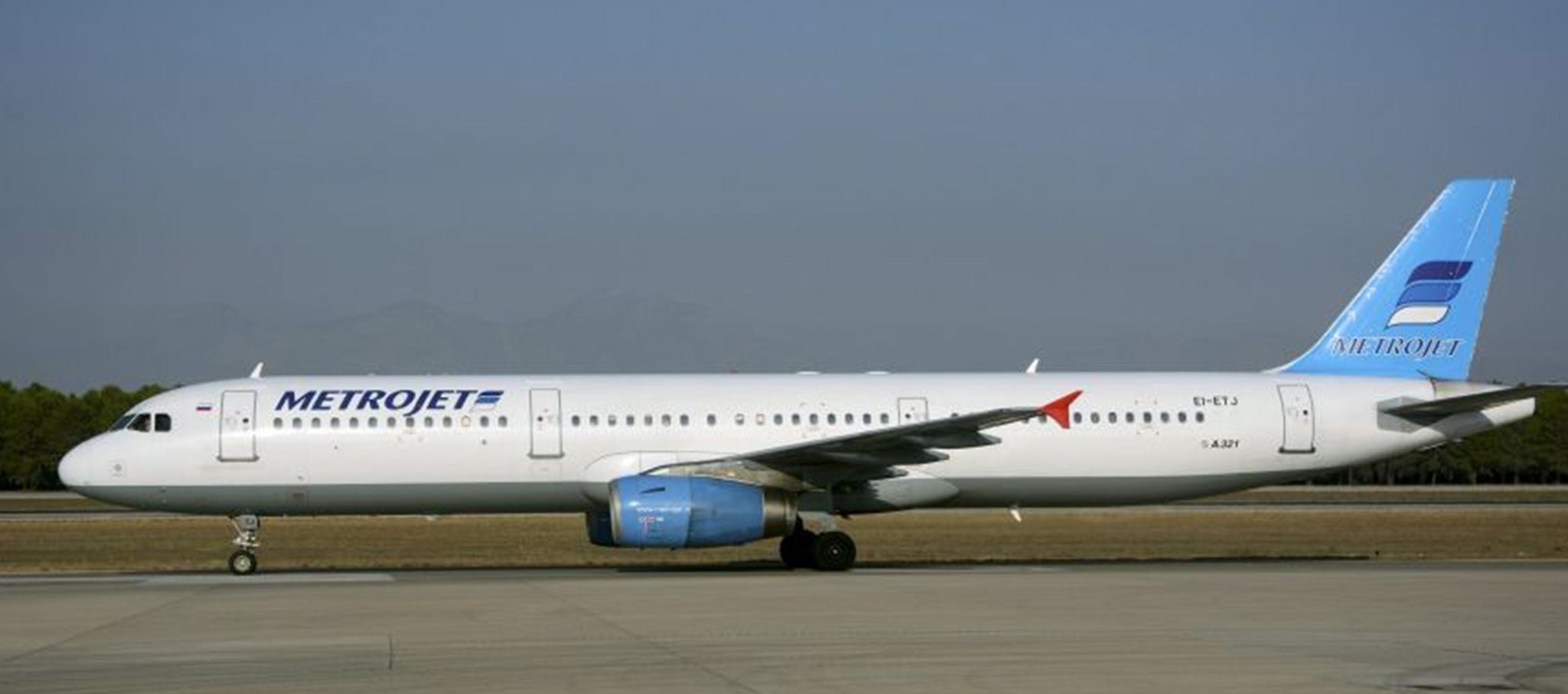Egypt plane crash: The tragic recent history of Russian aviation
In the past 20 years there have been 20 fatal events involving passenger flights on Russian airlines, with the loss of a total of 1,330 lives

The loss of the Russian passenger aircraft over central Sinai in Egypt is sadly just the latest in a series of fatal accidents involving airlines from the world’s largest country.
Following the break-up of the Soviet Union, dozens of small carriers started up. They included Kogalymavia, based at Kogalym airport in western Siberia, the airline that crashed in Egypt between Sharm el Sheikh and St Petersburg.
The tragedy in Egypt is not the first suffered by Kogalymavia, which flies under the Metrojet brand. On New Year’s Day 2011, an aircraft operating a scheduled domestic flight from Surgut to Moscow caught fire while taxiing towards the runway, with at least four people killed.
In the past 20 years there have been 20 fatal events involving passenger flights on Russian airlines, with the loss of a total of 1,330 lives. The frequency of incidents is disturbing, given the strides in aviation safety elsewhere in the world. In Britain, which has many more flights and passengers than Russia, the last fatal accident involving a passenger jet aircraft was the Kegworth disaster in 1989.
The tragic recent history of Russian aviation
Show all 10The causes of the fatal events cover a wide range. In 2001, a Sibir Airlines jet flying from Tel Aviv to Novosibirsk exploded over the Black Sea, in what is believed to have been the inadvertent firing of a ground-to-air missile by the Ukrainian military. All 76 people on board were killed.
In 2002 69 people, many of them Russian schoolchildren, died in a mid-air collision over the German-Swiss border with a cargo aircraft.
Two years later, a pair of aircraft that had departed from Domodedovo airport in Moscow exploded in mid-air within minutes of each other, with terrorism thought the likely cause. Eighty-seven people were killed.
The majority of fatal events, though, have taken place at the statistically most dangerous phases of a flight, during take off or landing.
Some figures in the aviation safety community believe that the high incidence of crashes in Russia could be related to an accident-investigation culture that is concerned more with apportioning blame than preventing future accidents. They will be alarmed by the raid on Kogalymavia’s Moscow offices by Russian police, rather than professional accident investigators.
Losses of aircraft while in the cruise - as flight 7K9268 was over central Sinai - are relatively rare, although a series of high-profile tragedies in the past two years have taken place during this phase of flight.
The cause of the disappearance of Malaysia Airlines MH370 in March 2014 is still unknown. The Boeing 777 was on a scheduled flight from Kuala Lumpur to Beijing, and is now believed to be somewhere in the Indian Ocean. Earlier this month the Dutch Safety Board concluded that another Malaysian 777 jet, MH17, was shot down over eastern Ukraine in July last year by a Buk missile en route from Amsterdam to Kuala Lumpur.
Last December, an Air Asia Airbus A320 - the same basic type as crashed in Egypt - came down in the Java Sea. And in March, the first officer of a Germanwings A320 deliberately crashed his aircraft in the French Alps, killing all 150 people on board.
Subscribe to Independent Premium to bookmark this article
Want to bookmark your favourite articles and stories to read or reference later? Start your Independent Premium subscription today.

Join our commenting forum
Join thought-provoking conversations, follow other Independent readers and see their replies